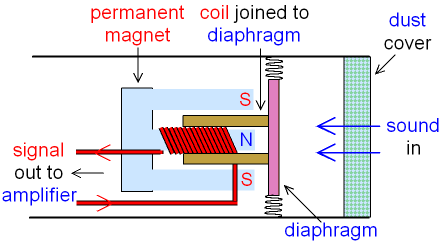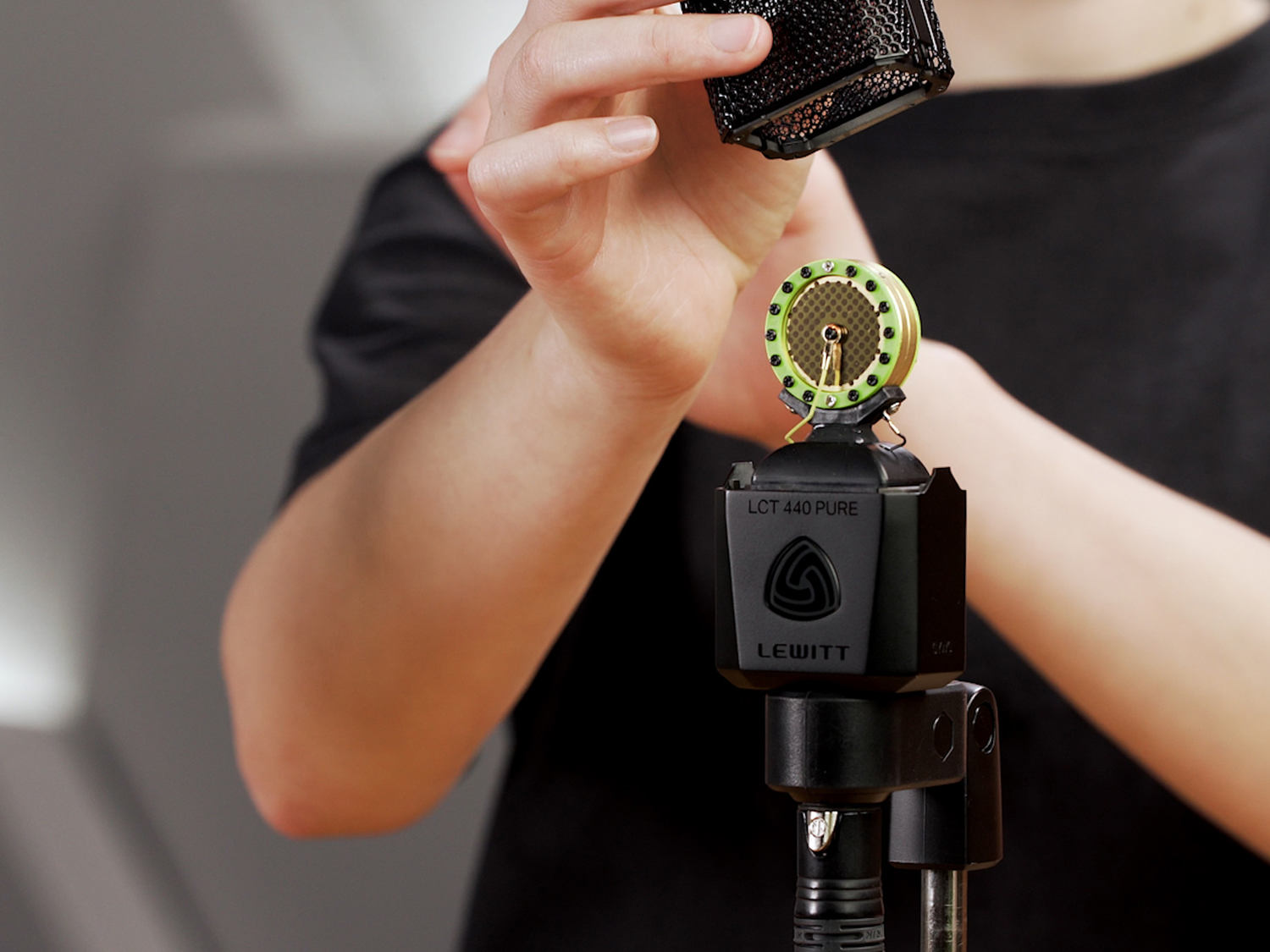

The magnetic field created by current flowing through the voice coil interacts with the magnetic field of the speaker’s magnet, forcing the coil and attached cone to move back and forth, producing sound output.Ī dynamic microphone operates like a speaker in reverse. With a speaker, current from the amplifier flows through the coil. Both have a magnetic system with the coil in its gap. Both have a diaphragm (or cone) with a voice coil (a long coil of wire) attached near the apex. Dynamic microphones are similar to conventional loudspeakers in many respects. Dynamic MicrophonesĬomparing microphones to loudspeakers may help you to understand their operation. So it’s important to invest in good microphones, to maximize sound system performance potential. If the mic can’t capture the sound clearly and accurately, and with low noise, even the best electronics and speakers following it won’t produce the optimum sound. The microphone is, by its nature, at the very beginning of most sound systems and recording applications. These are the types of microphones most often found in recording studios, broadcast, motion picture video production, and on stages for live sound reinforcement.

While there are many ways to convert sound into electrical energy, we’ll concentrate on the two most popular methods: dynamic and condenser. Amplified and sent to a loudspeaker or headphone, the sound picked up by the microphone transducer should emerge from the speaker transducer with no significant changes. It senses acoustic energy (sound) and translates it into equivalent electrical energy. Like phono cartridges, headphones and loudspeakers, the microphone is a transducer – in other words, an energy converter.

Dynamic Microphones | Condenser Microphones | Phantom Power | Other Types of Microphones


 0 kommentar(er)
0 kommentar(er)
